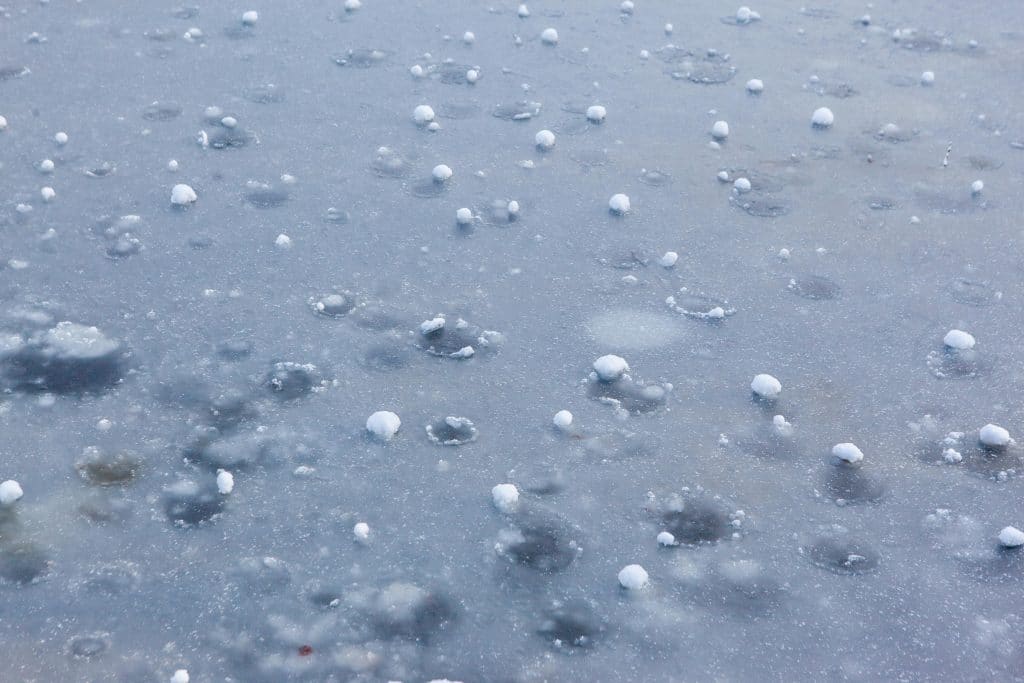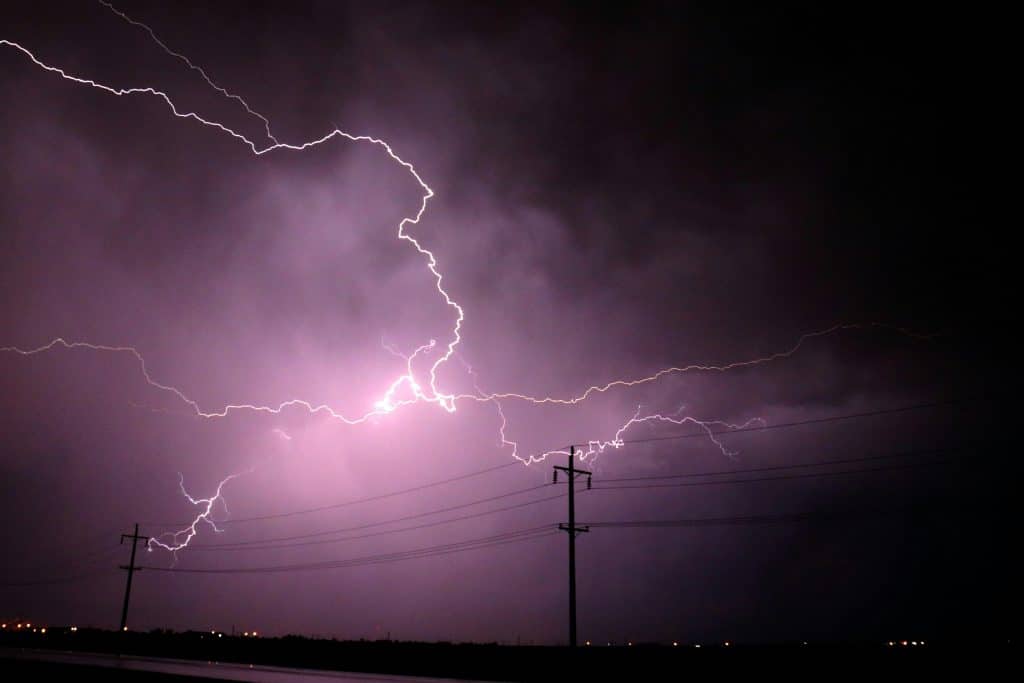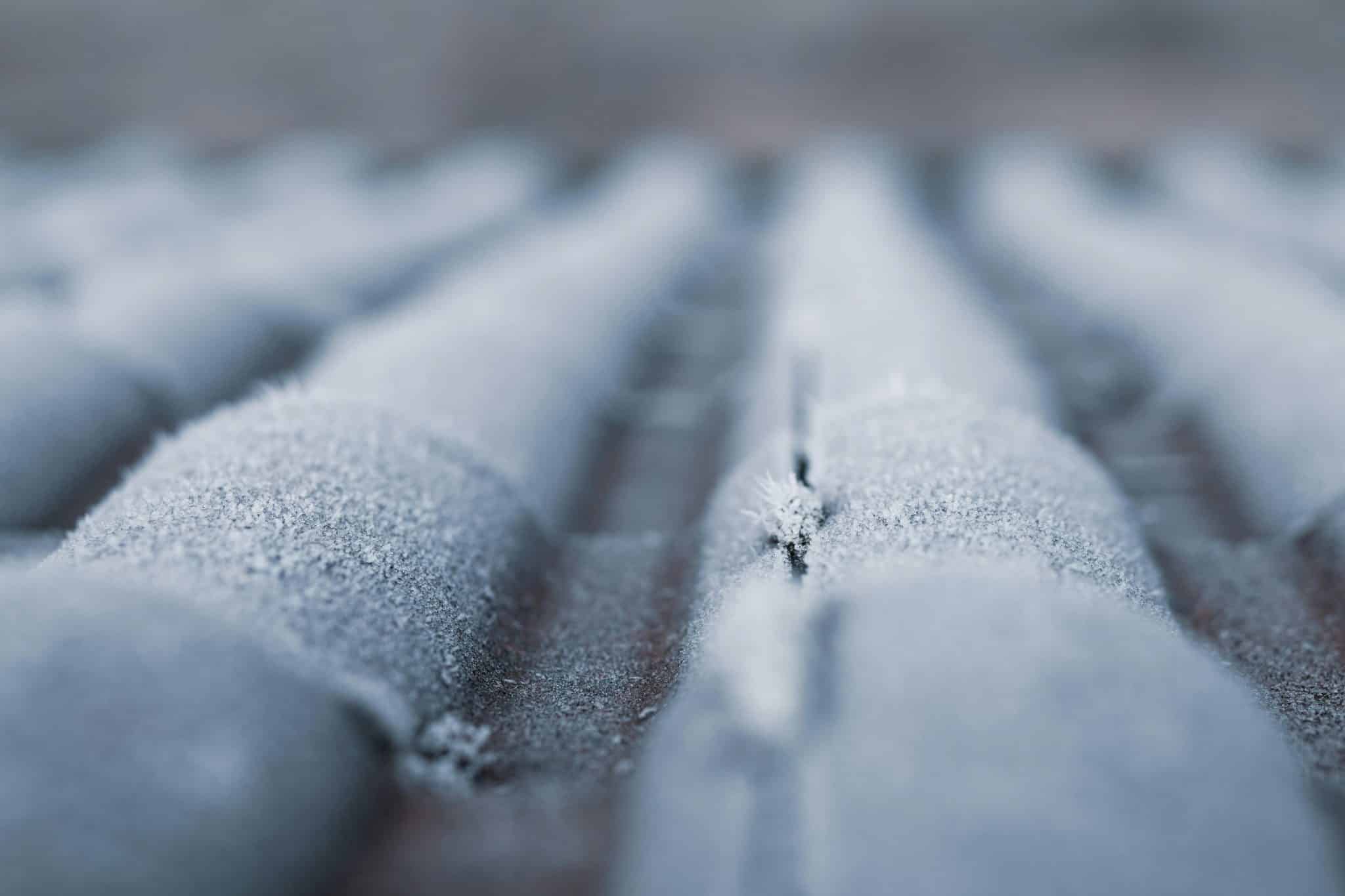How Snow Builds Up and Hurts Roofs
Snow sits heavy on roofs during winter. First, it piles up and adds weight that strains the structure below. So, roofs might sag or even collapse if the snow gets too thick. Homeowners should clear it off safely to avoid those problems.
But melting snow causes issues too. When temperatures rise, it turns to water and seeps into cracks. Then, that water refreezes at night and expands those cracks further. As a result, shingles crack or lift over time.
Moreover, ice dams form along the edges. Water backs up behind them and leaks inside the house. Therefore, proper insulation helps prevent this buildup. Regular checks keep roofs strong against snow.
Rain’s Role in Roof Wear
Rain hits roofs hard in spring and fall. It soaks materials and finds weak spots quickly. Consequently, leaks start if seals around vents break down. Gutters clog with leaves, which makes water overflow.
However, steady rain erodes shingles bit by bit. Granules wash away and leave asphalt exposed to sun later. Thus, roofs age faster without those protective layers. Cleaning gutters often stops much of this damage.
Wind often comes with rain storms. It lifts edges of shingles and lets water in underneath. So, secure flashing around chimneys matters a lot. Inspections after storms catch these early.
Flashings are metal strips that seal joints. Rain tests them constantly in wet seasons.
Dealing with Hail Damage

Hail storms strike suddenly in many areas. Balls of ice dent metal roofs or crack tiles right away. Afterward, those dents hold water and lead to rust on metal. Cracks in shingles let moisture penetrate deeper.
But size matters with hail. Larger pieces cause more severe breaks. For example, golf ball size hail shatters clay tiles easily. Smaller ones just bruise asphalt shingles instead.
Roof leak repair in NJ crews assess impacts carefully. They look for bruises that weaken the roof over years. Meanwhile, insurance often covers fixes if documented well. Quick action prevents mold from growing inside.
Wind’s Impact on Roof Integrity
Strong winds tear at roofs during hurricanes or thunderstorms. They pull up shingles starting from the edges. Once loose, more wind gets under and rips sections off. Trees nearby increase risks if branches fall.
Yet, direction plays a part. Winds from certain angles stress specific sides more. Therefore, reinforced edges help in windy regions. Straps tie roofs to walls for extra hold.
After winds pass, debris scatters everywhere. It scratches surfaces and clogs drains. Cleaning up promptly avoids further wear. Proper installation resists these forces better.
Summer Heat and Roof Expansion
Heat waves in summer bake roofs under the sun. Materials expand in high temperatures and contract at night. Over time, this movement cracks seals and warps shapes. Dark colors absorb more heat and worsen it.
Additionally, UV rays fade colors and dry out shingles. They become brittle and break easily then. So, lighter materials reflect sun and stay cooler. Ventilation under the roof lets hot air escape.
But humidity pairs with heat sometimes. It traps moisture in attics and rots wood supports. Fans or vents improve airflow and dry things out. Annual roof maintenance NJ spots these issues early.
Frost and Freeze-Thaw Cycles
Cold snaps bring frost that clings to roofs. It melts during the day and refreezes at dusk. This cycle pries apart layers in shingles repeatedly. Weak spots grow into big holes eventually.
In northern areas, this happens often. Clay tiles crack from the stress. Metal roofs handle it better but still dent. Insulation layers protect against temperature swings.
However, proper drainage matters here. Sloped roofs shed water before it freezes again. Flat ones need extra care to avoid ponds. Sealing all seams tightly reduces entry points.
Thunderstorms and Lightning Risks

Thunderstorms mix rain, wind, and hail together. Lightning strikes tall roofs or chimneys sometimes. It burns holes or starts fires in dry materials. Grounding rods direct strikes safely away.
Furthermore, heavy downpours flood weak areas fast. Overloaded gutters spill water near foundations. So, larger gutters manage flow in stormy places. Lightning protection systems add safety.
Trees attract strikes too. Trimming them back keeps roofs clear. Weather alerts give time to prepare.
Seasonal Changes Overall
Seasons shift weather patterns year-round. Each brings unique stresses to roofs. For instance, fall leaves block drains before winter snow. Spring thaws reveal hidden damage from ice.
Yet, consistent care ties it all together. Inspections twice a year catch small problems. Quality materials last through many cycles. Local experts know regional weather best.x
Homeowners benefit from understanding these effects. They make smarter choices on repairs. In the end, a strong roof shields the whole house.







